Herping Snake Road (and the surrounding area) October 2-8, 2021.
Things started out with rain all day, so I decided to focus my efforts on amphibians. This cypress swamp was a good habit to explore.
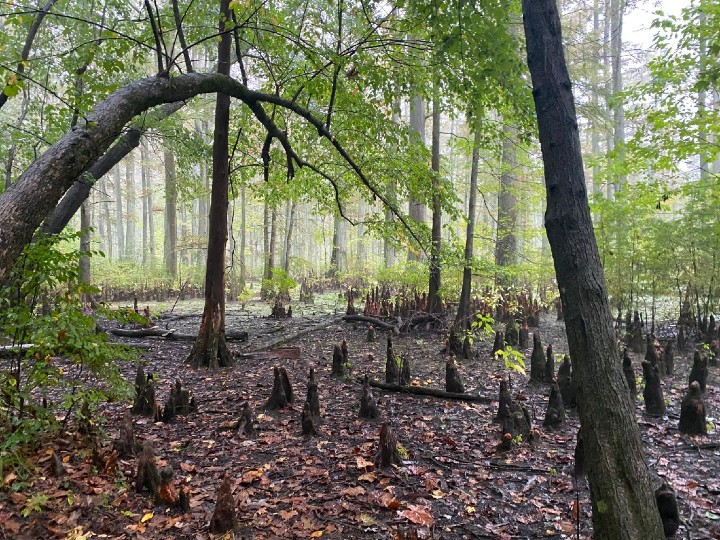
Marbled Salamanders are part of a group known as “mole salamanders,” and spend most of their life under logs or in burrows.
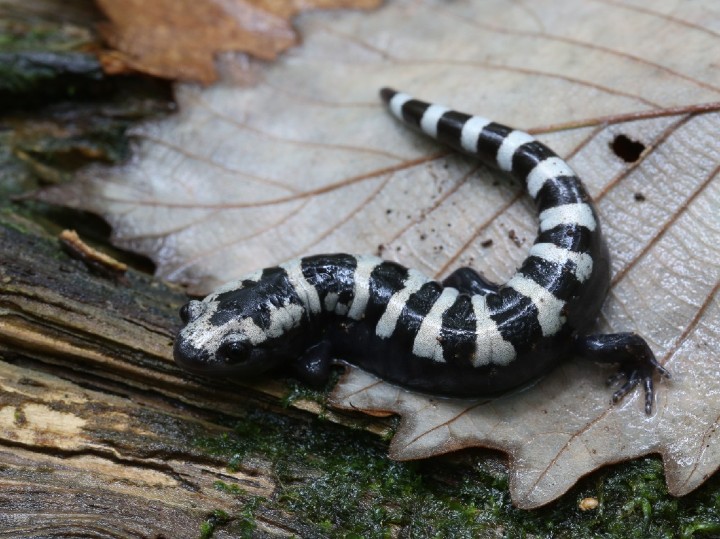
Rabid Wolf Spiders do not build webs to catch their food. Instead they use their vision and their sensitivity to vibrations to hunt for prey.
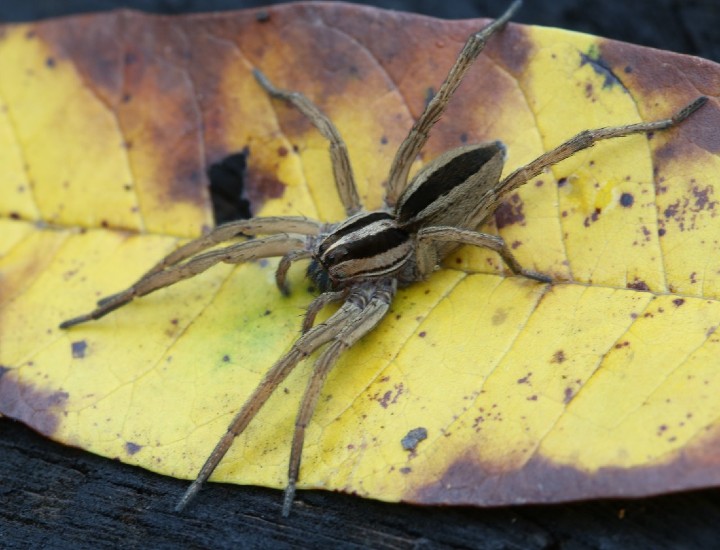
Mole Salamander - This 3 to 4 inch amphibian seems to have a head and feet too big for the rest of the creature. It kind of reminds me of a Bulldog.
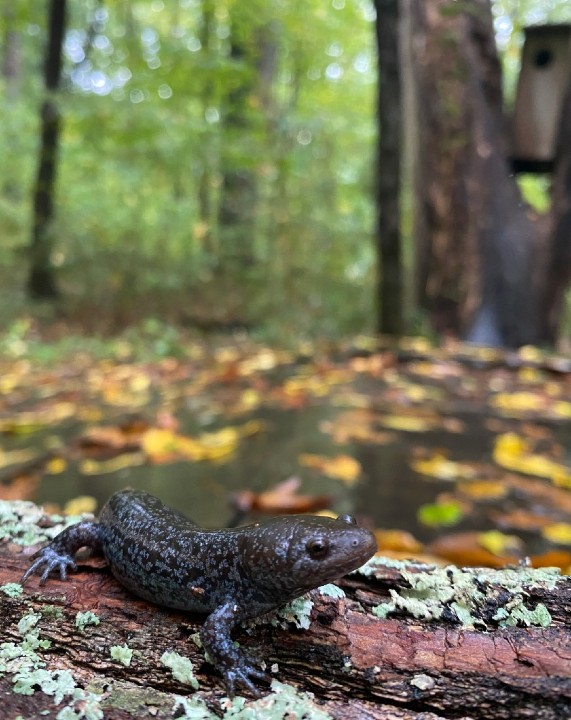
A cool looking male Eastern Box Turtle with a white face and bits of duckweed on it.
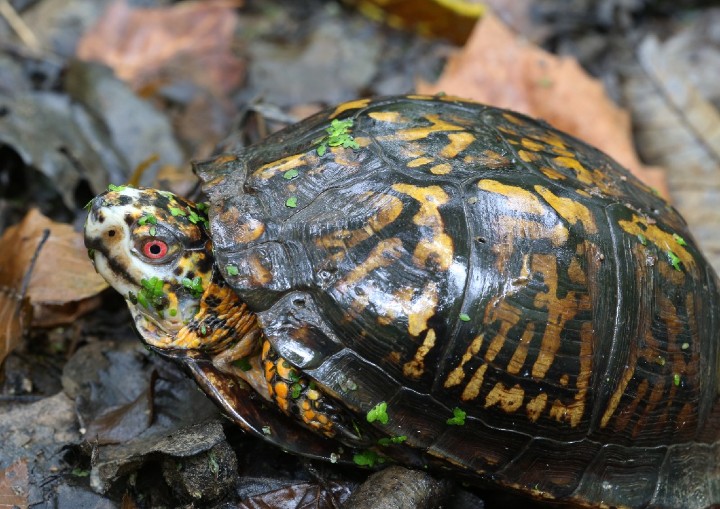
Southern Leopard Frogs are one of the most conspicuous herps that I see on my visits to southern Illinois.
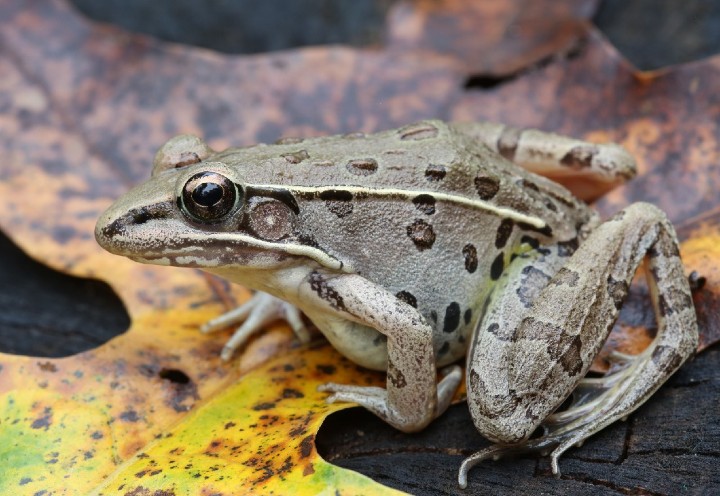
The Ground Skink, also known as “The Little Brown Skink,” is one of the smallest reptiles in North America, with a total length of only 3 to 5-1/2 inches.
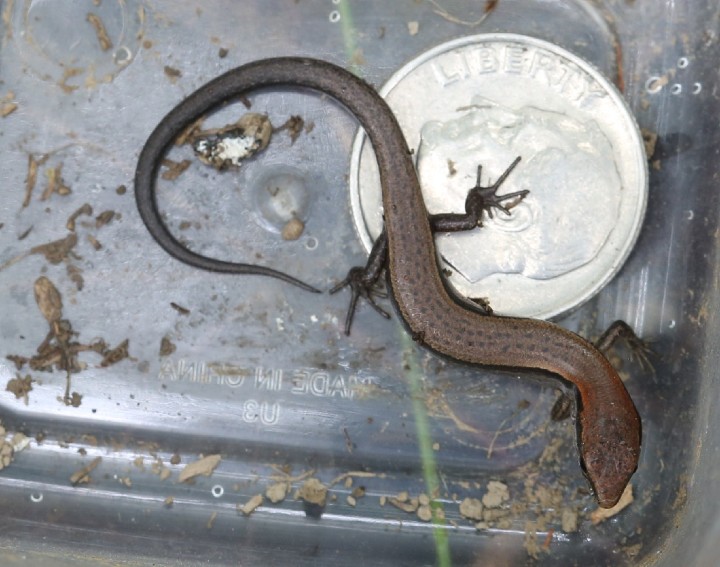
The Green Treefrog can be found in marshes, wet fields, cypress swamps and along the edges of lakes, ponds and streams.
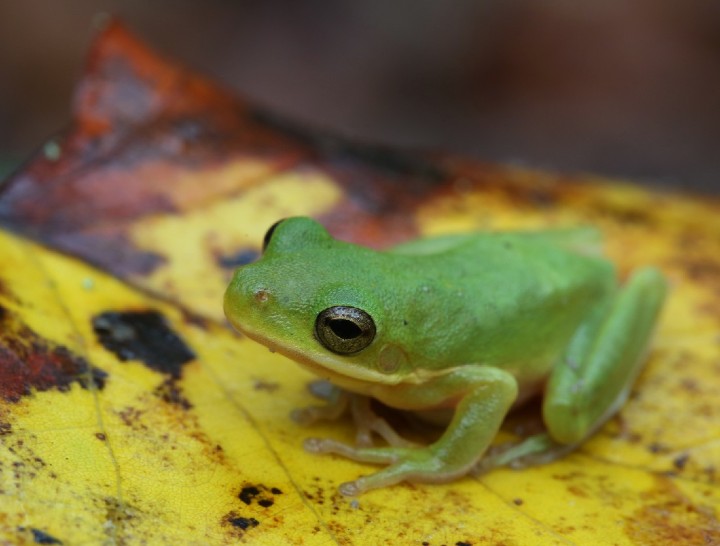
Fowler's Toads have big appetites and are considered to be beneficial to man, as they use their long tongues to snap up insects and other invertebrates.
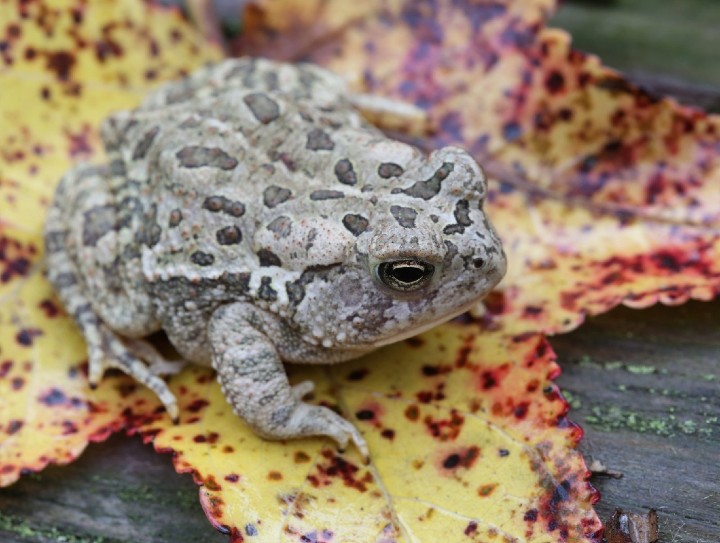
Like a miniature alligator, the American Bullfrog employs stealth to catch its food, often staying submerged in the water with just its eyes protruding above the water’s surface, waiting to lunge out at any potential food item that comes within range.
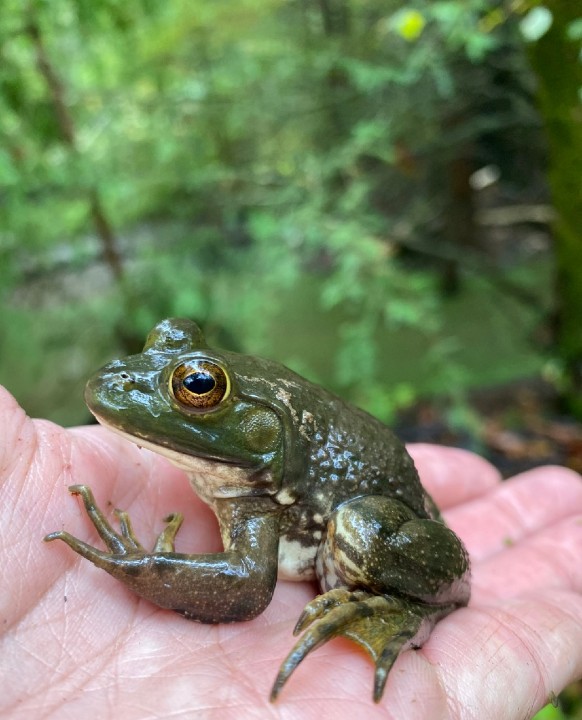
The Central Newt’s habitat is woodland ponds, swamps and occasionally water-filled ditches. Its diet consists of small aquatic invertebrates such as worms, mollusks and insects.
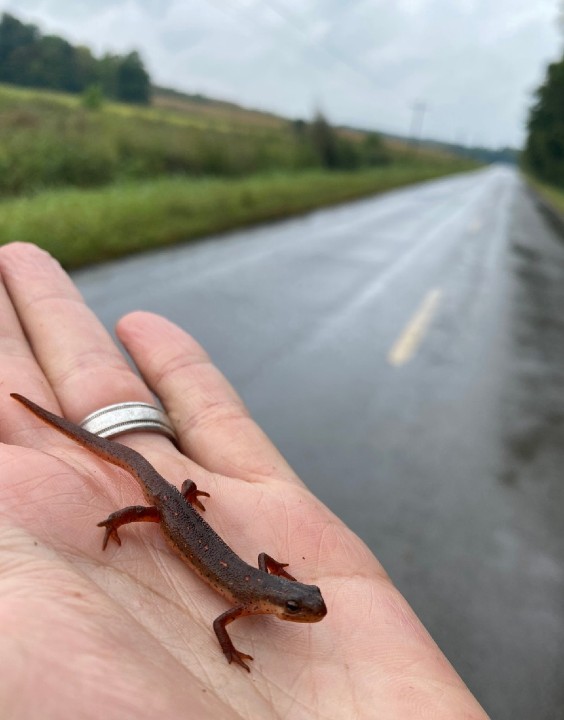
This Green Frog was seen at the swamp - it is an amphibian found over much of the eastern United States (including my backyard).
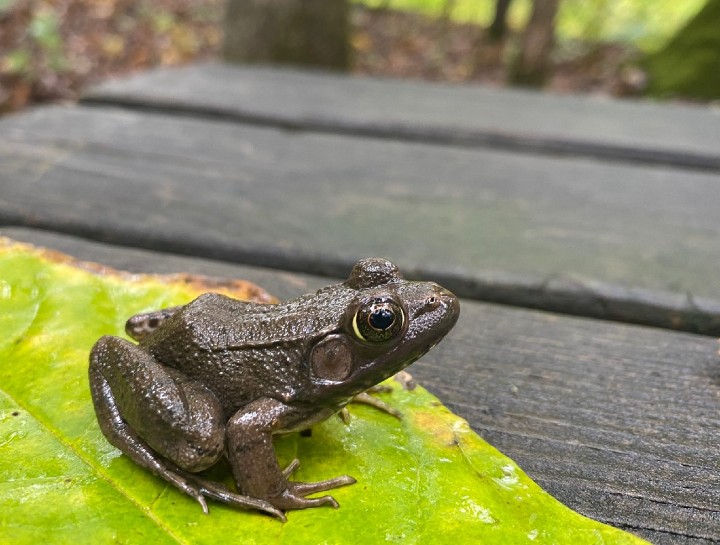
This was another habitat that I investigated on my first day in southern Illinois.
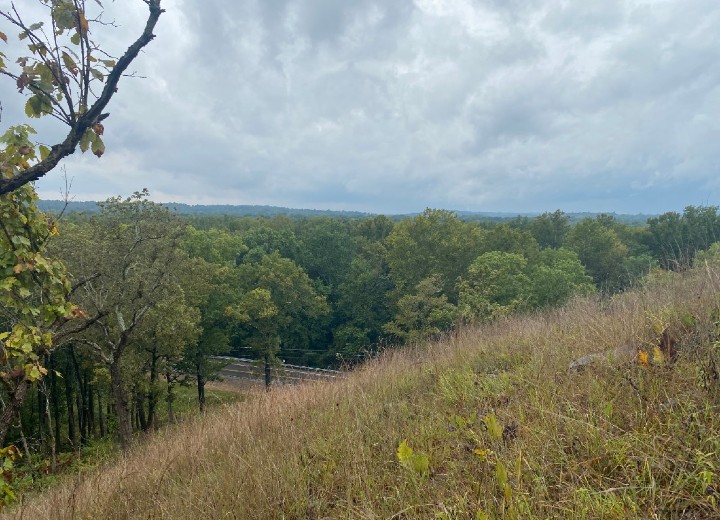
I found this Southern Black Racer. Racers are faster than most other snakes, very agile, and generally flee when approached, often climbing into small trees or shrubs.
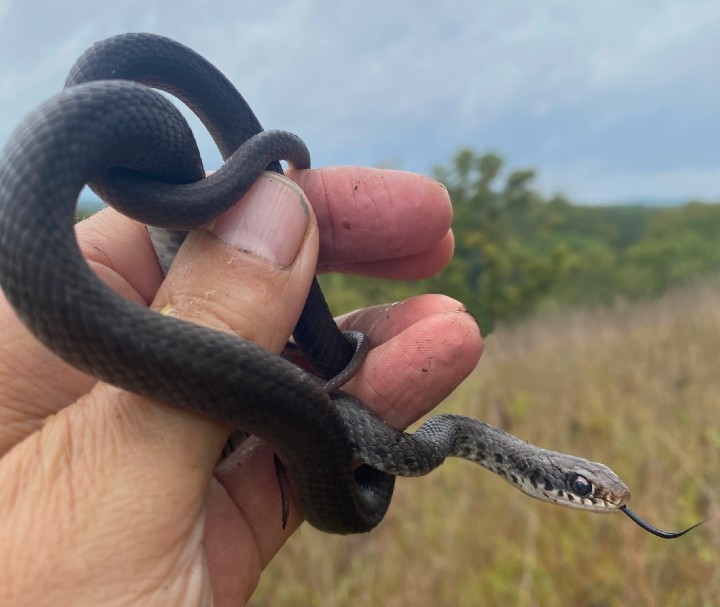
The Obedient Plant's flowers can be swivelled into new positions where they stay obediently.
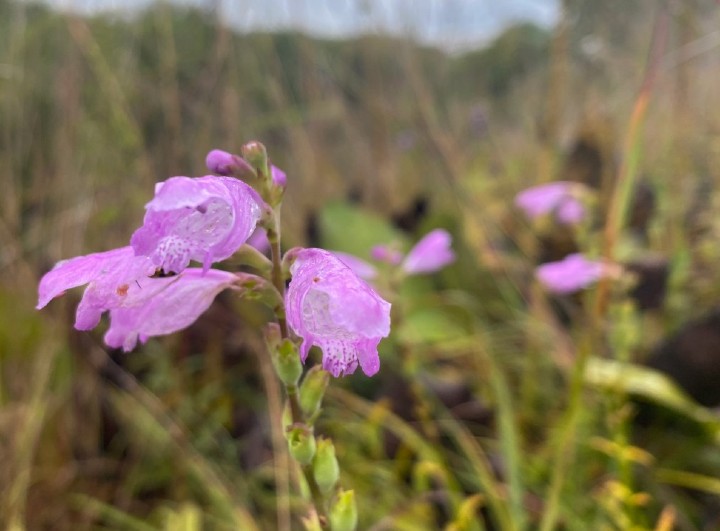
I helped this Red-ear Slider across the street - unfortunately I saw many run over turtles on this trip.
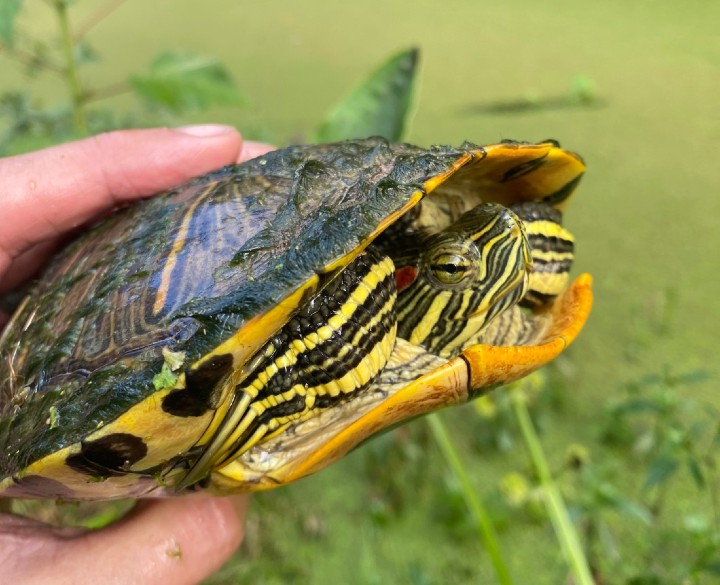
This Black Rat Snake was the second species of snake that I found on the trip. I ended up finding 14 snake species.
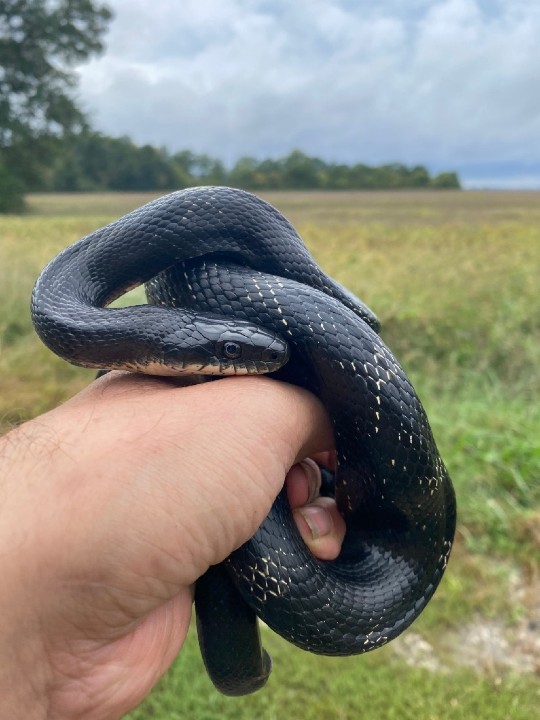
The Five-lined Skink is one of the most common lizards in the eastern U.S. They are ground-dwelling reptiles that prefer a moist, partially wooded habitat that provides cover as well as sites to bask in the sun.
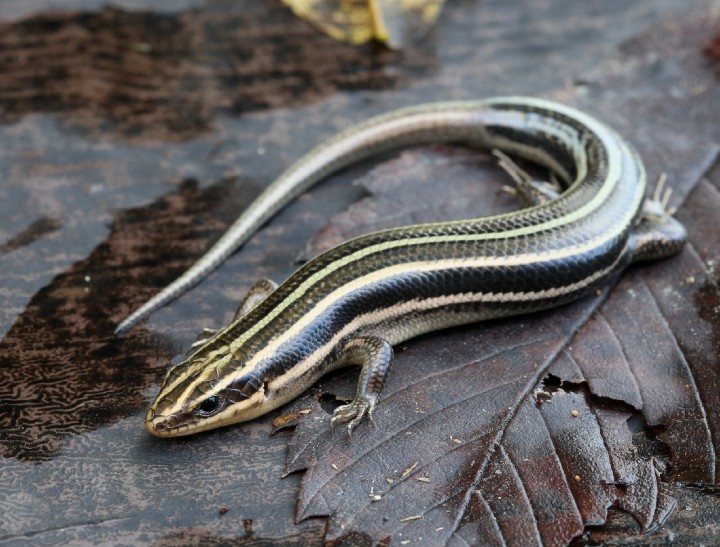
The most commonly seen snake on the trip was the Cottonmouth. Other names for this snake are “water moccasin” and “trap jaw.”
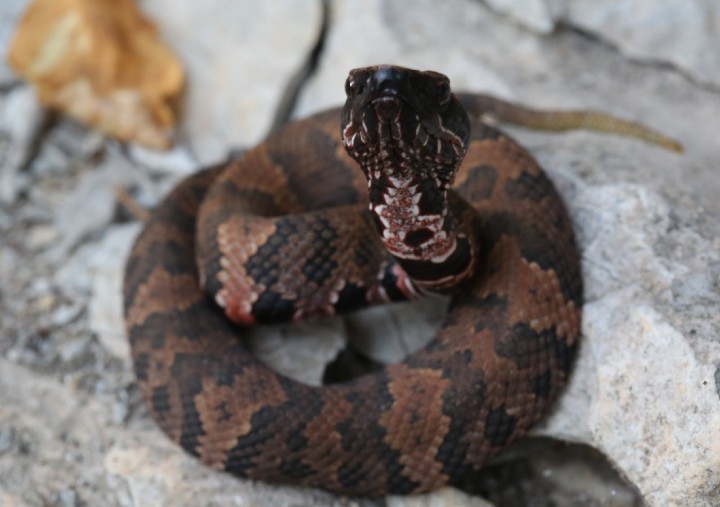
The Blanchard's Cricket Frog has a distinctive breeding call consisting of a rapid series of metallic clicks, similar to the sound made when two pebbles or marbles are tapped together.
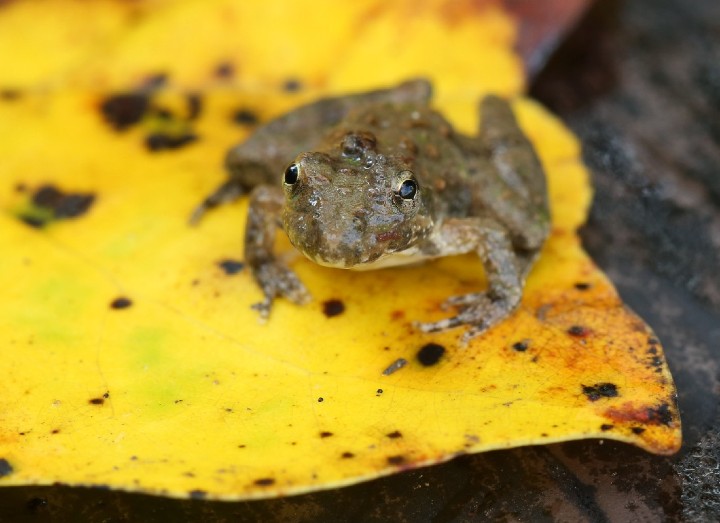
A cantankerous Stinkpot.
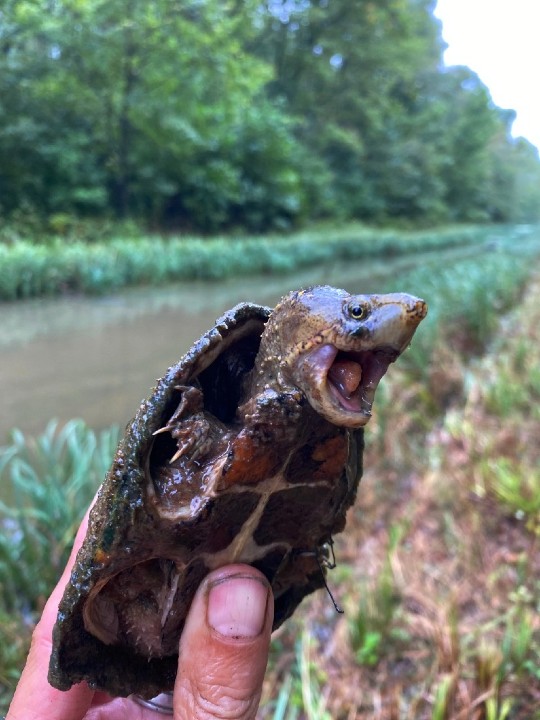
Cave Salamanders are exceptionally slender, brightly colored and are usually around 6 inches in length as adults.
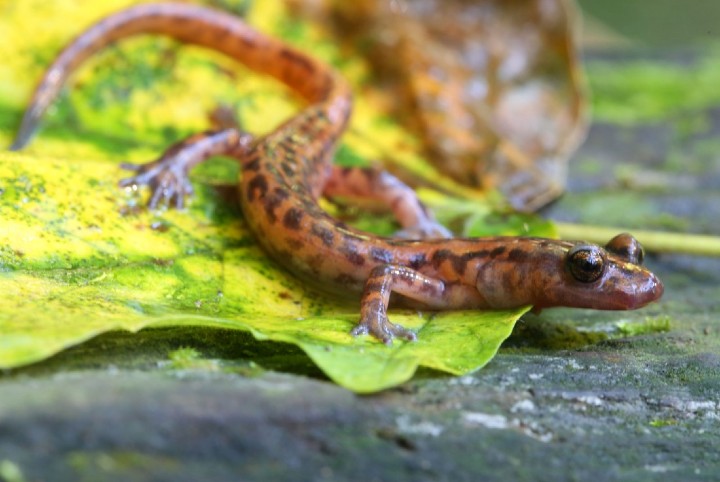
This Creek Chub was one of several fish species that I came across.
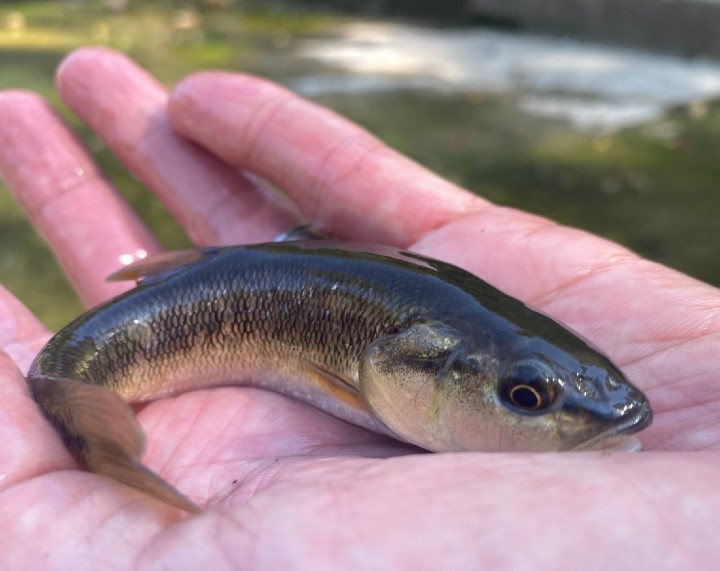
A Copperhead that was crossing the road one night as I was heading back to my hotel.
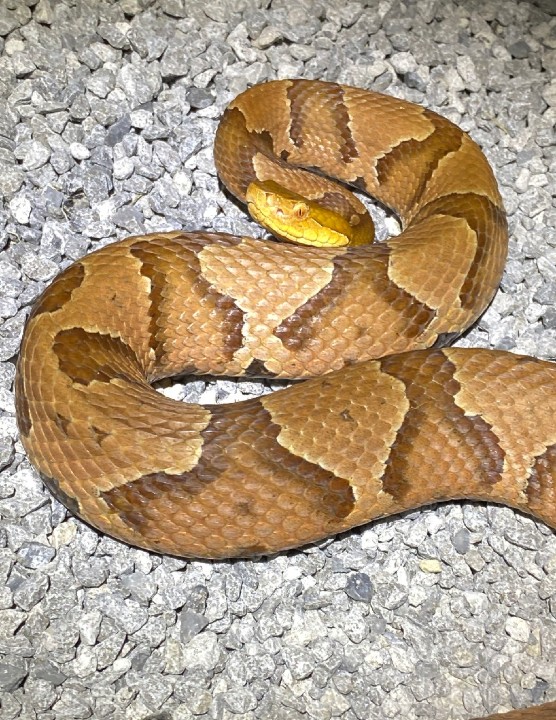
Click here to see Part 2
|